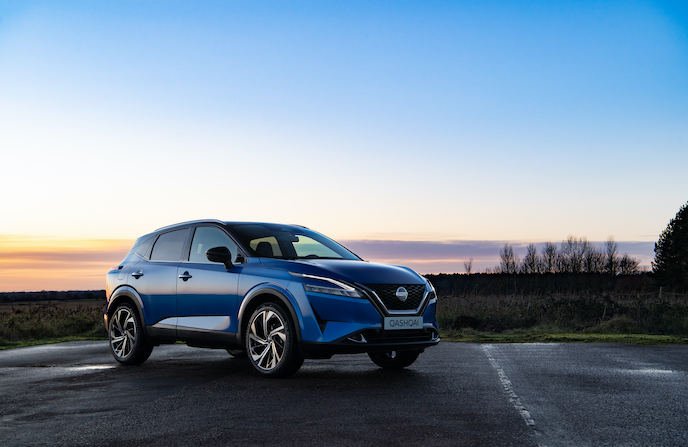
Although the latest iteration of the Nissan Qashqai which is popular with New Zealand fleets is yet to arrive in market, it has received high praise from a British not-for-profit which was founded by the motor insurance industry.
Thatcham Research is praising the safety features of the all-new Nissan Qashqai following the latest round of Euro NCAP results that assessed four new cars equipped with level 2 assisted driving systems.
Nissan New Zealand says it is expecting the arrival of the all new Qashqai in the second half of 2022.
The Euro NCAP gradings are based on dedicated protocols designed to encourage the safe adoption of Assisted Driving technology. The Nissan Qashqai scored 74% for assistance competence and 93% for safety back-up.
According to Thatcham Research, the safest systems should provide a good balance of performance across three key areas: the technical competence of the system and level of assistance it can safely offer, the feedback given to the driver to ensure they remain engaged and aware of their responsibilities, and how the car’s safety back-up mechanisms function in the event of an emergency.
It says the ProPILOT system in the Nissan Qashqai provides a good and balanced level of driver engagement and driving assistance, achieving a ‘very good’ result overall. The system can adapt to speed limits and features that require a change of speed such as curves in the road and upcoming roundabouts.
Additionally, Thatcham Research says the Autonomous Emergency Braking (AEB) system of the Nissan Qashqai provides an excellent level of emergency support, avoiding most collisions with both moving and stationary vehicles.
“The Nissan Qashqai continues its exceptional performance in Euro NCAP safety tests. Previously a ‘very good’ rating has been the preserve of premium vehicles, however Nissan has proven that it is possible to deliver a high performing, well-balanced assisted driving experience at the more affordable end of the market,” Thatcham Research chief research strategy officer Matthew Avery says.
Avery says the Polestar 2’s Pilot Assist is another well-balanced system receiving a ‘good’ rating. This was in part due to improvements made via an Over-the-Air (OTA) update. OTA technology allows connected vehicles to receive important updates automatically, making sure that the consumer is always driving the safest version of the manufacturer’s car.
Assessments also revealed that the Polestar 2 successfully balances driver steering input with lane guidance to promote co-operative driving and mitigate against driver over-reliance. However, the system is limited in other areas such as not being able to adapt speed for road features and its AEB system not responding as effectively to stationary cars.
“Some of the vehicles have performed very well in this latest round of testing, and it’s especially positive to add two new ‘very good’ cars to the previous ratings,” Avery says.
“It is interesting to see the improvements Polestar has made to its vehicle using OTA updates, an excellent means of tweaking performance for the better overnight. It is also becoming ever more apparent that electrification and automation go hand in hand.
“We would strongly encourage drivers to use this technology, it is more than just a feature count, it protects drivers and other road users alike with numerous safety benefits, with the best systems automatically adapting to speed limits and traffic, keeping drivers in lane, and protecting your blind spots,” he says.








